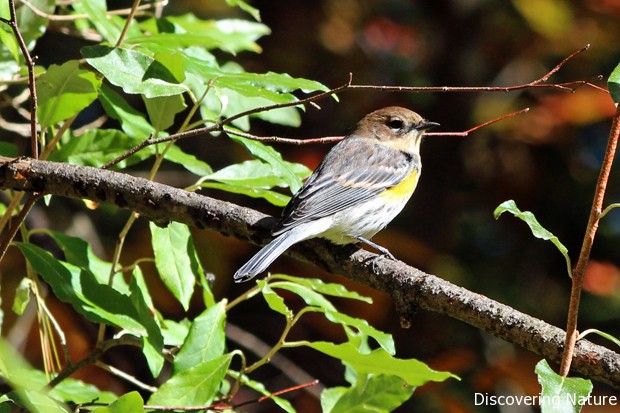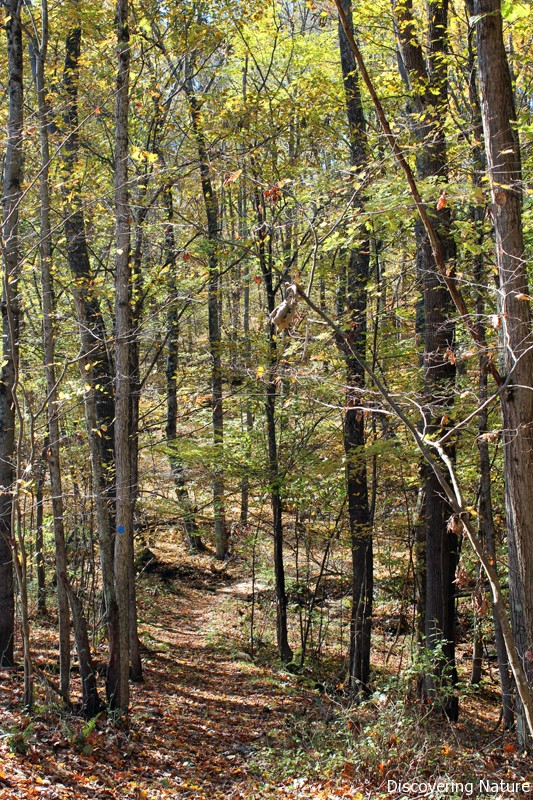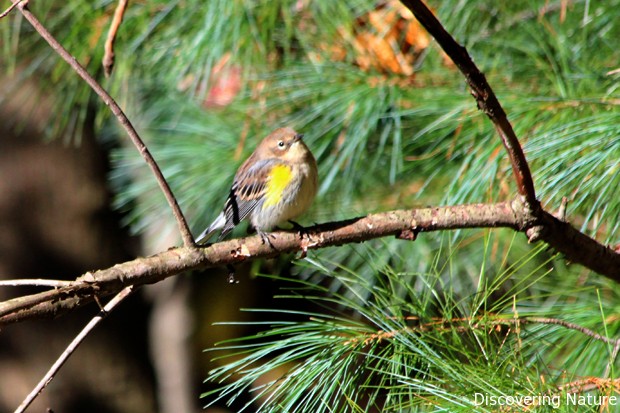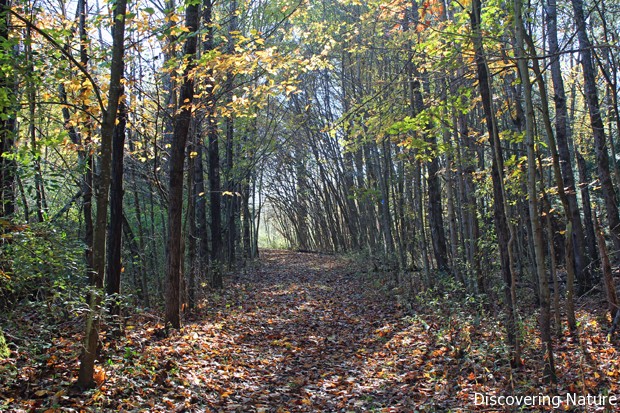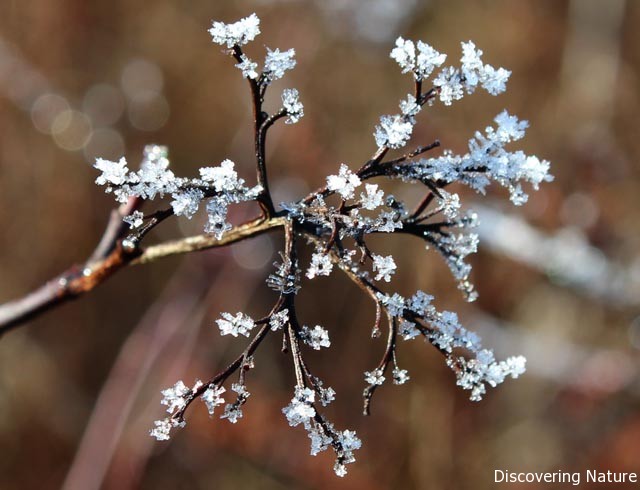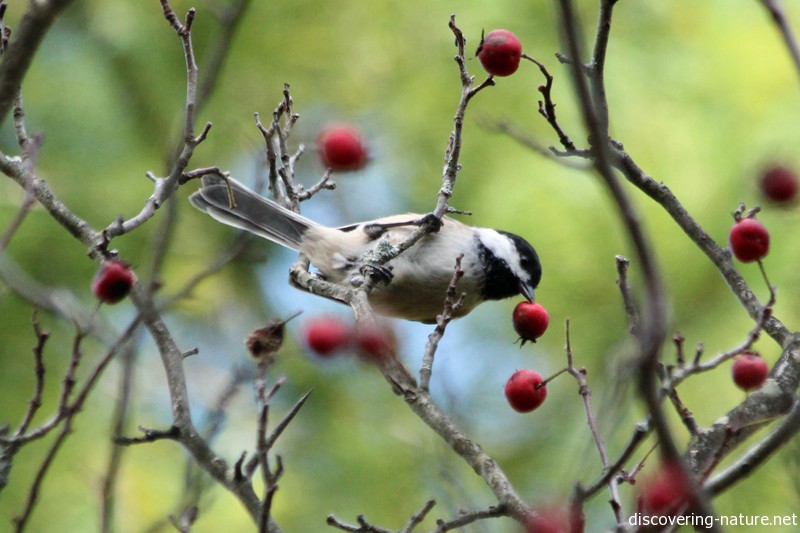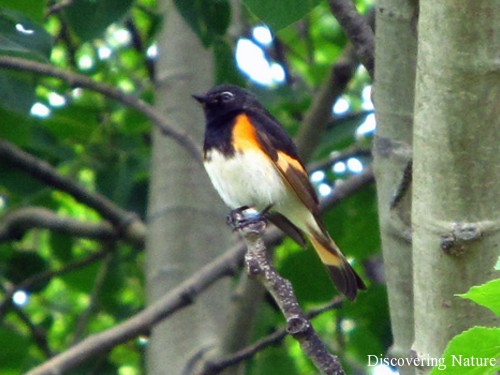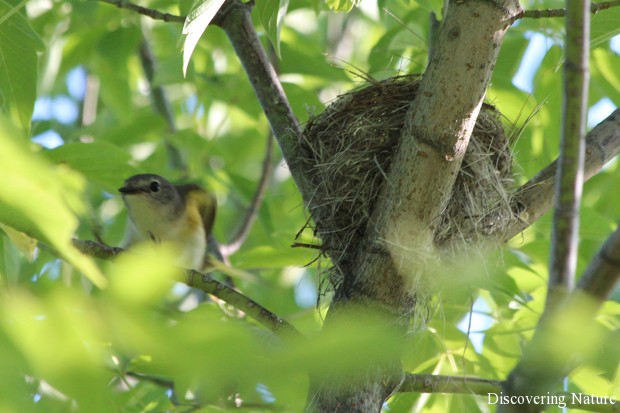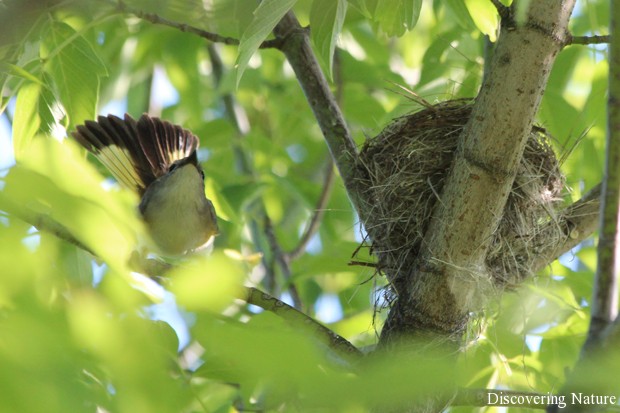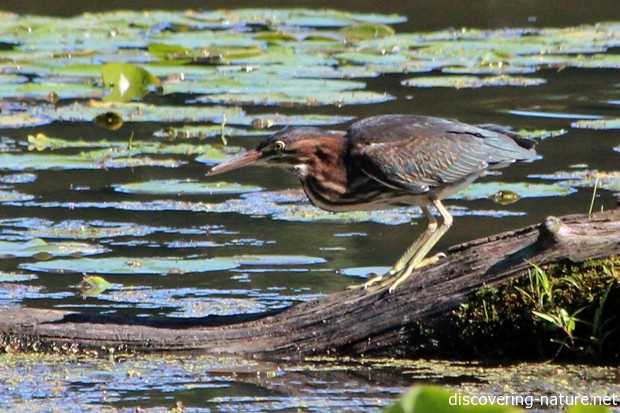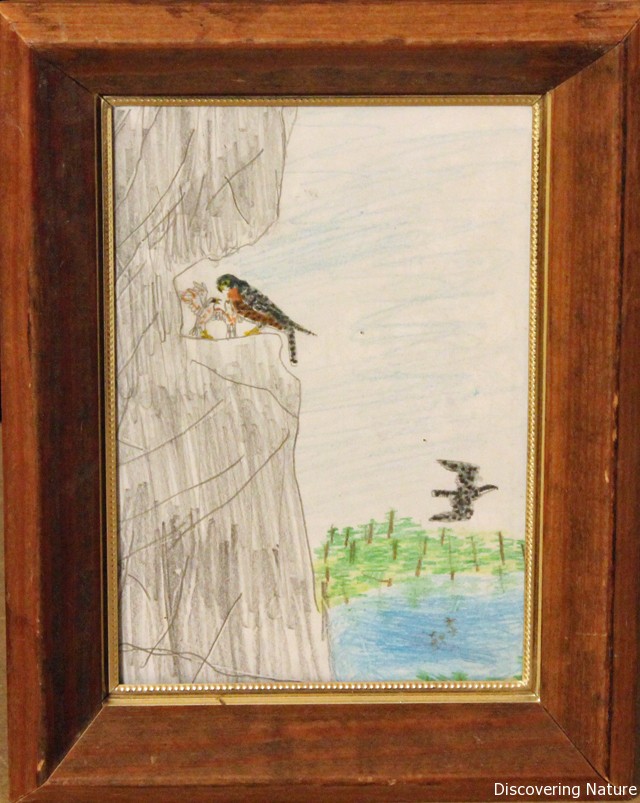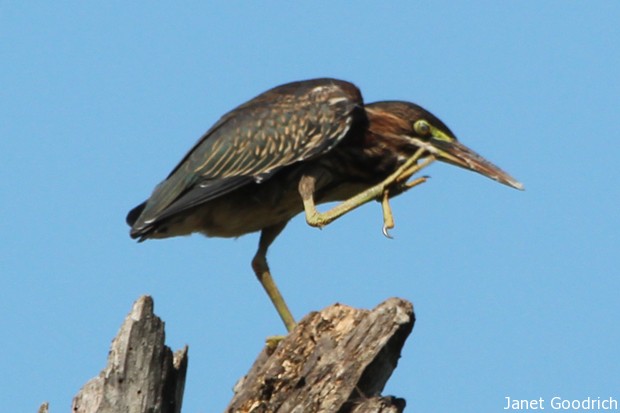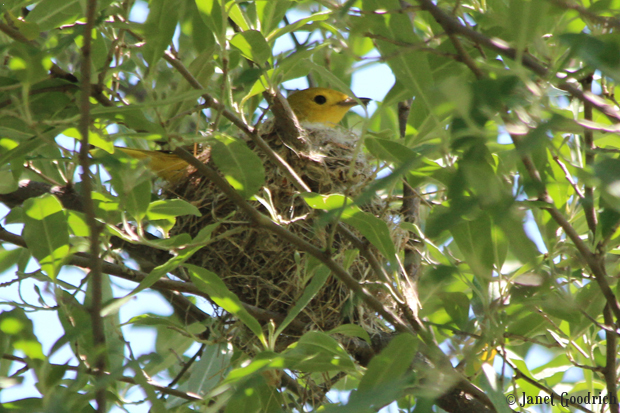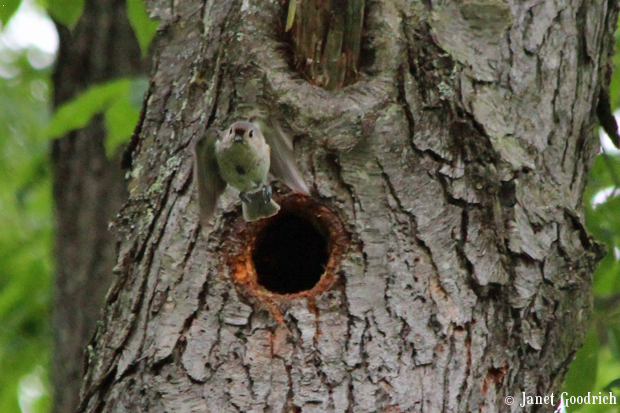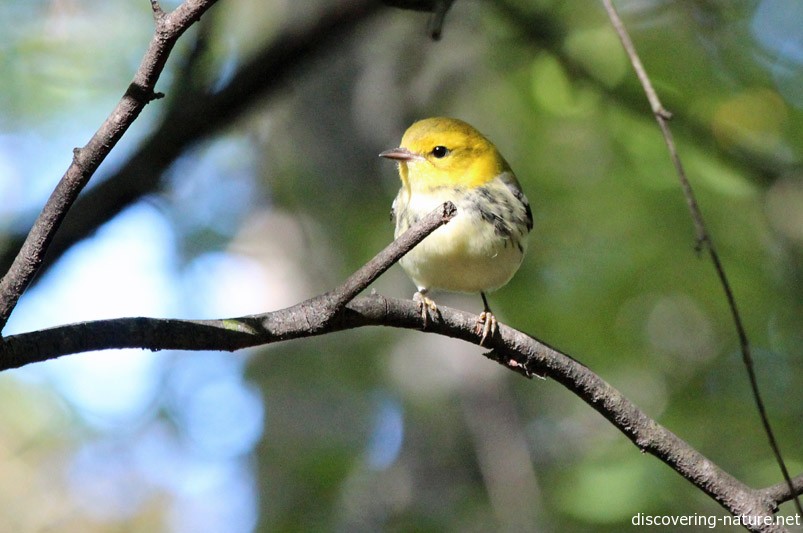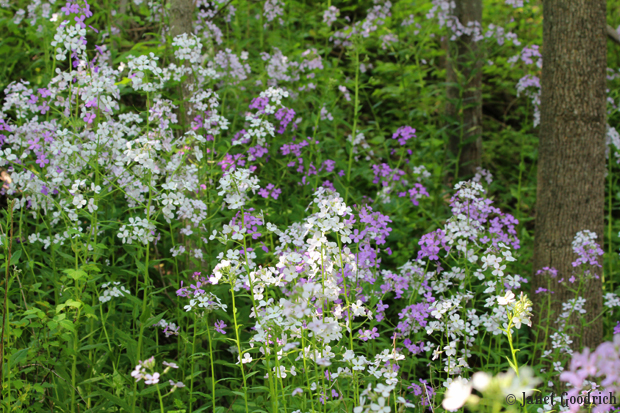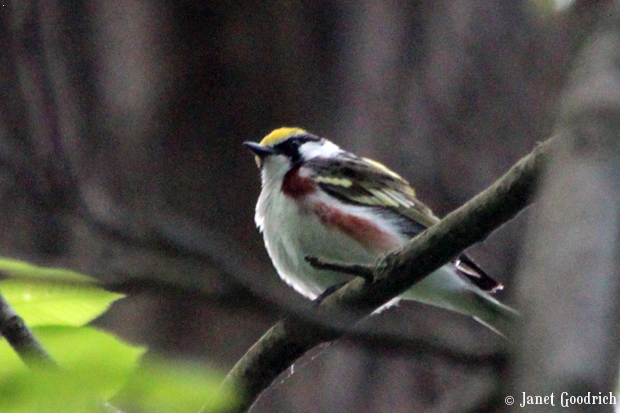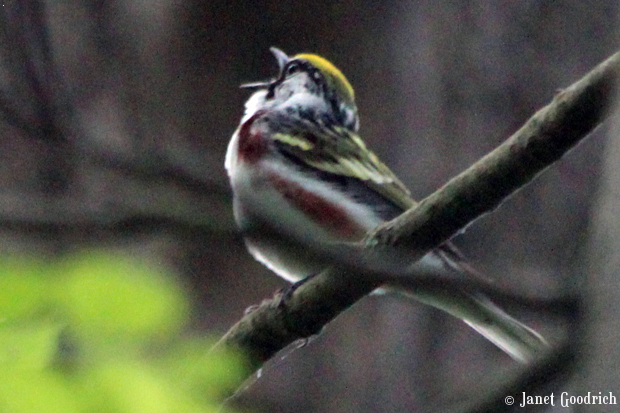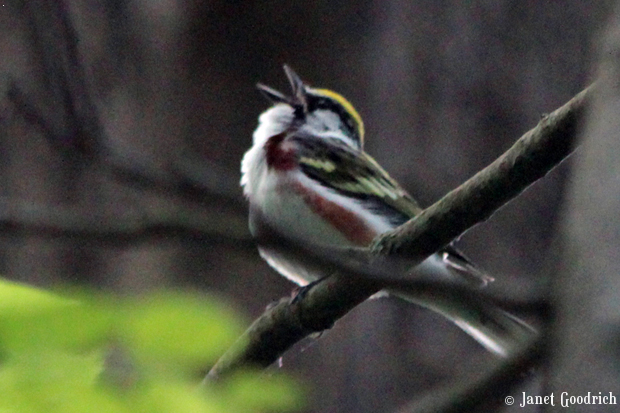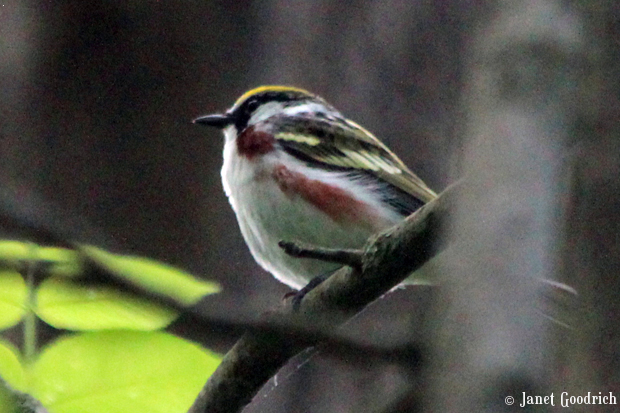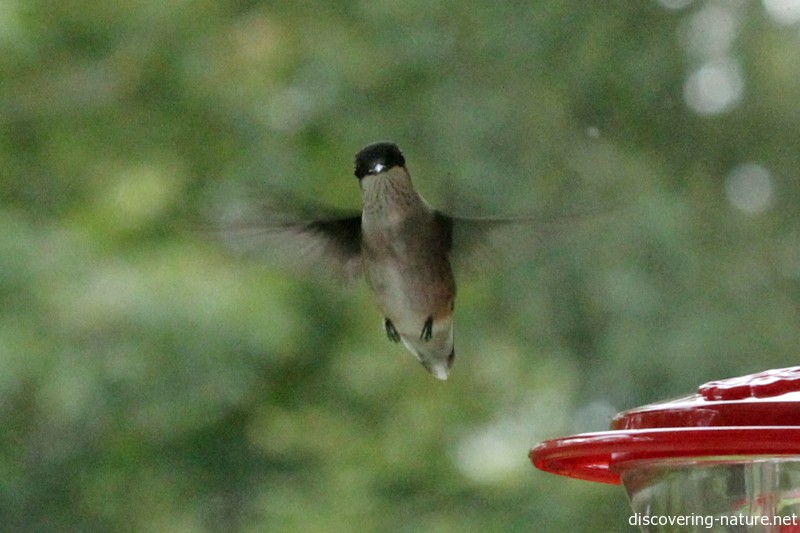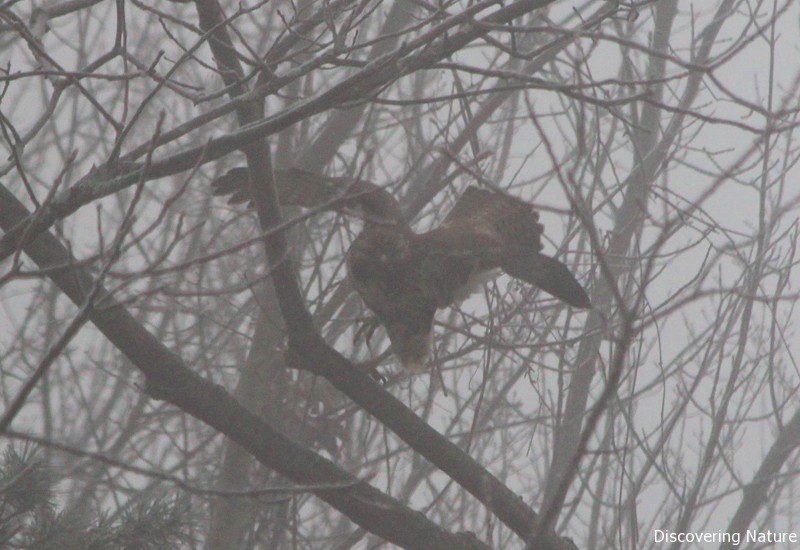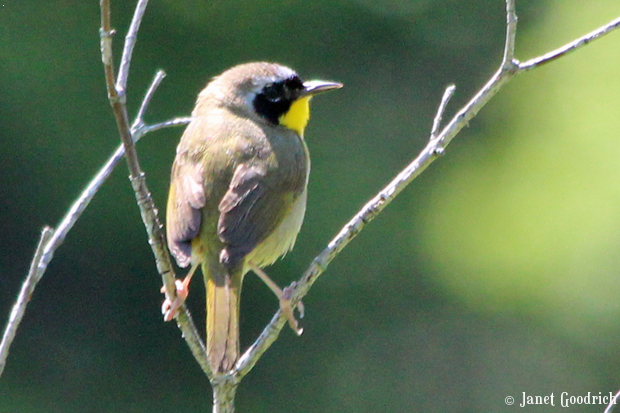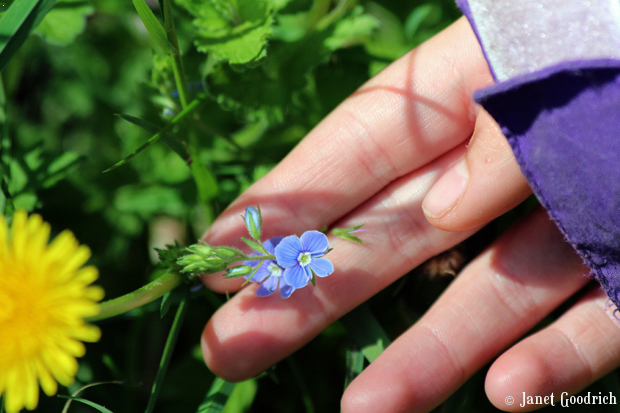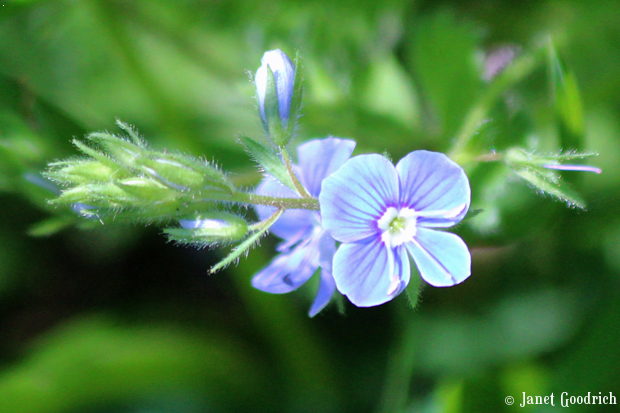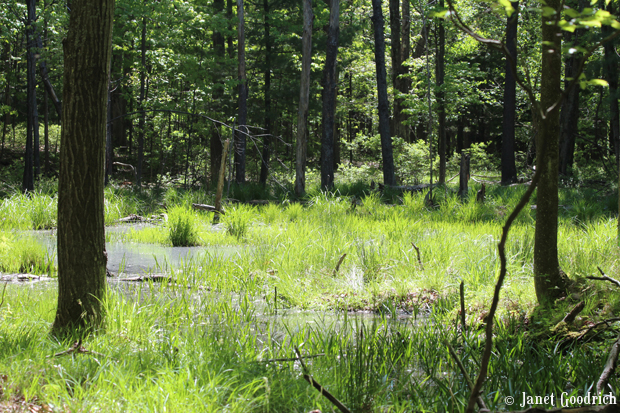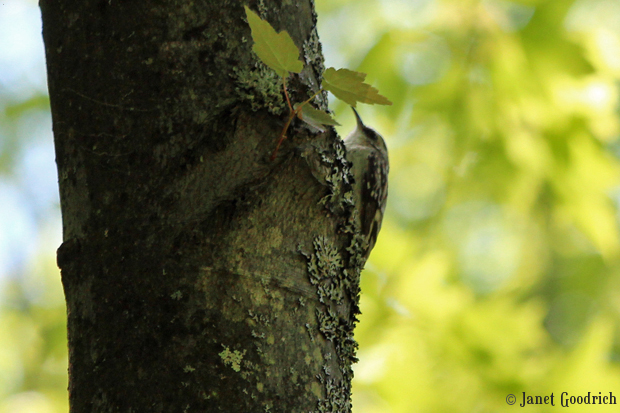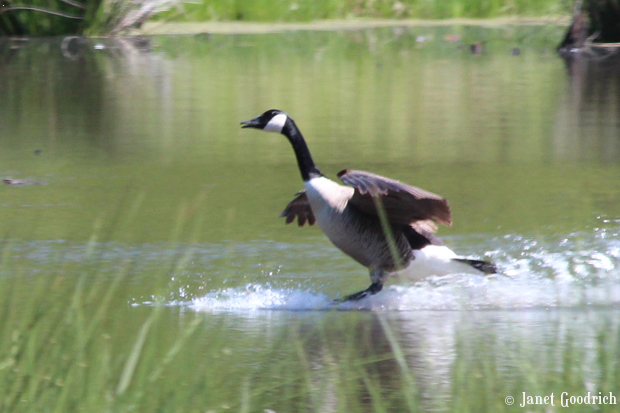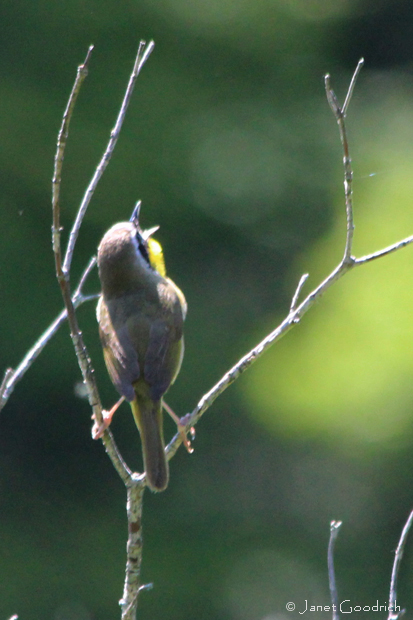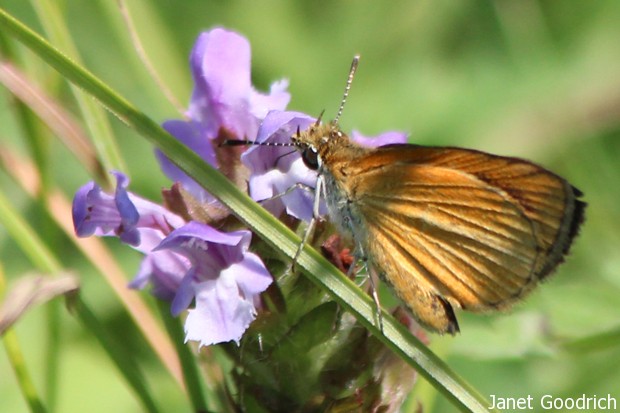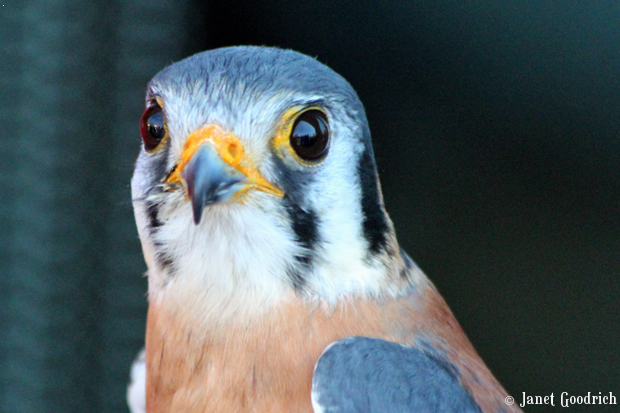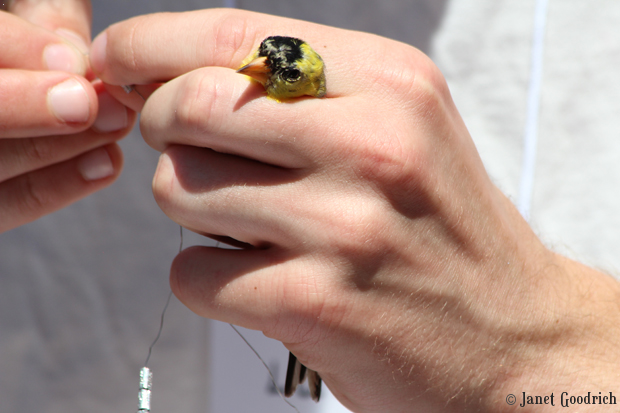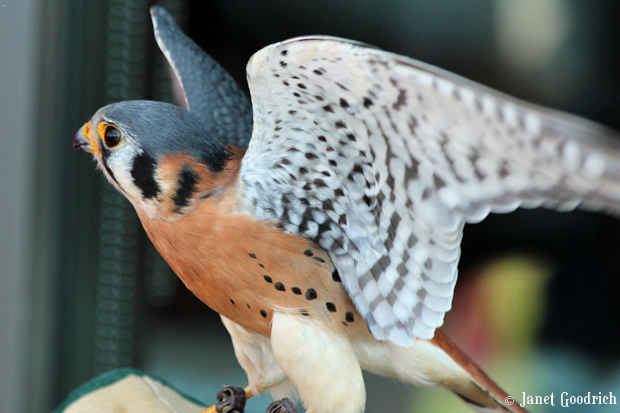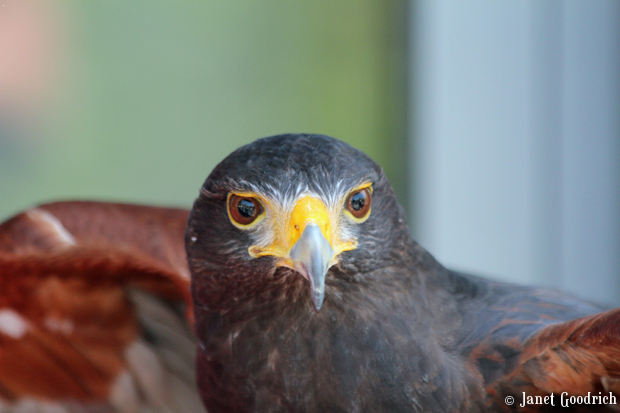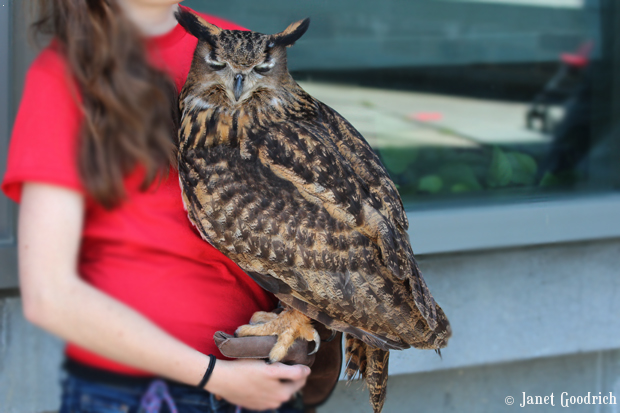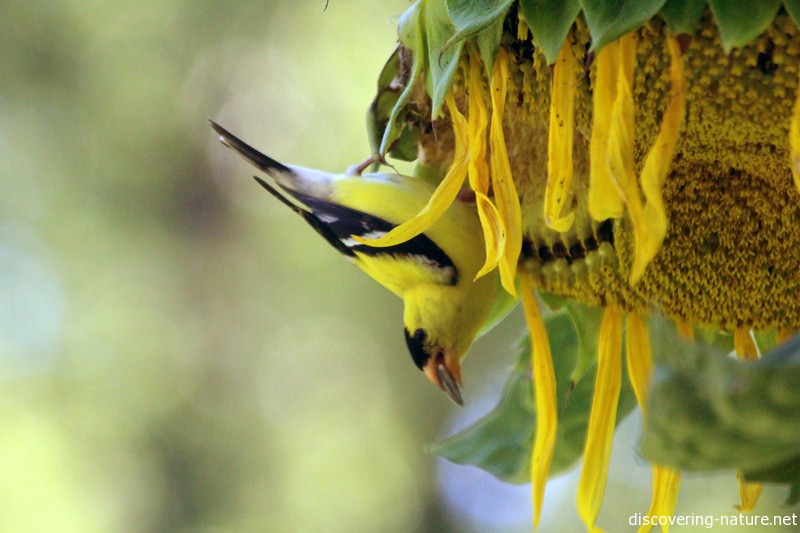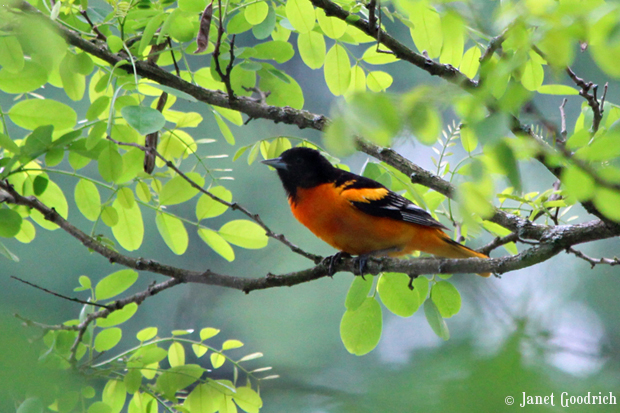-
October’s bright blue weather
This morning it was in the mid-twenties after the first serious frost. The beauty of the woods warranted quoting a line from this poem in my title. The only line I dispute is the one about “leaves sinking noiselessly.” They rattle ceaselessly, actually, making it sound like the woods are trying to flutter up and away en masse before the snow falls.
The yellow-rumped warblers were coming through, snatching bugs from leaves and branches.
I heard a whole flock of crows sounding the alarm about something, but aside from the warblers and a few chickadees, I didn’t see much.
I investigated a trail I haven’t walked in awhile and discovered it was almost impassable because of the uprooted trees, courtesy of a strong storm maybe a month ago. It was interesting to try to trace the path of one particularly large oak that had torn limbs off one tree and knocked over another on its way down. It lived a life of influence — and died the same way.
There’s a certain quality of brightness to the fall sunshine that I look forward to. I think of Wendell Berry’s line of poetry in “Clearing” about vision with “severity at its edge.” That’s what the light reminds me of this season — it makes things starker and reveals the contrasts.
I need the seasons.
-
Another delightful find
An American redstart nest!
American redstarts and yellow warblers are both gorgeous little birds I’ve noticed for the first time over the last year. They’re also resourceful. Both are often targeted by brown-headed cowbirds, who lay their eggs in the nests of other birds. Redstarts and yellow warblers, when they notice a cowbird egg, counter by building another layer of nest over the top.
I’d love to see the male redstart, which is more colorfully marked. I saw my first one last year, not far from the site of this nest. This seems like a promising vicinity to see another one!
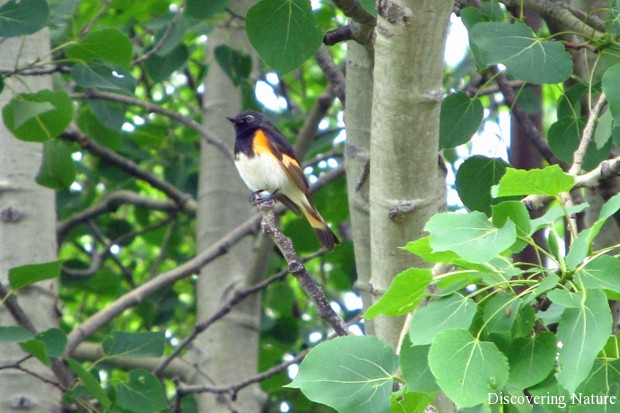
Last year’s redstart sighting -
Hidden
My daughter spotted this yellow warbler nest on a walk we took this morning. It’s a great example of something I’ve marveled about before: more eyes = more wonders. It seems like you would see more going alone into the woods because it’s much quieter and less disruptive. But you never know what you miss for the lack of additional eyes. I’ve seen some neat things by myself, but this one I’d have missed entirely!
The girls are excited about going back each week to investigate the nest activity.
-
New-to-me warbler
Yesterday morning, I heard what I was sure was a yellow warbler out back in the brush. It turned out not to be a yellow warbler at all — a fact I discovered as I waded through shoulder-high phlox and bushes in my running clothes and bedroom slippers, scanning the trees.
It was this handsome little fellow.
He was impossibly small and impossibly loud — singing his head off.
I heard the garage door go up — the signal that my husband was leaving for work — and crashed back out of the brush to find him standing in the driveway, waiting for me. “Did you see it?” he asked.
“It’s not a yellow warbler!” I said excitedly.
“That right there?” he asked, nodding toward the earsplitting birdsong. I thrust out my camera and showed him.
“Sure enough! What kind is it? Girls, new bird!” he called up to the open dining room window where both girls huddled, waiting to wave goodbye. “Mommy ‘shot’ him!” He understands the fascination with tracking down mystery birds. Last week he spent part of his lunch hour searching bushes near the parking lot where he works until he found that the source of the sonar-like song he was hearing was a prairie warbler.
Back inside, I looked the bird up and learned that he’s a chestnut-sided warbler. (My 11-year-old knew the minute she looked at my picture what kind of warbler it was. That’s what comes of poring over field guides for pleasure!)
I wish my photos were less grainy, but even grainy he’s a remarkable sight — another reminder that the more you look, the more you see.
-
Yellowthroats and Other Wonders
Yesterday we visited the Nature Preserve managed by the State University here in town. It was our first time back since the trees were just starting to bud, and the bright green of maples gave the woods an enchanted feel. Tossing leaves dappled the ground with shifting shadows.
Younger Daughter (8) spotted this tiny flower first thing. When I got home I looked for it in our Peterson’s First Guide, but I didn’t find it.
*Edited to add: I think it’s called bird’s-eye speedwell! Hat-tip to Ramble.
We visited the vernal pool that was so active in early spring with salamanders, wood frogs, spring peepers, and the eggs of all three.
We saw a few salamanders, frogs and turtles, but compared to before, it had the air of a place winding down. It was much quieter. But some species were still busy reproducing. We saw this enormous spider hustling along with its egg sac. Given that I’ve just reread Tolkien’s Two Towers with its memorable Spiderish Monster, I named it Shelob.
The resident brown creeper was there, too.
We ventured on past an abandoned beaver lodge and numerous stands of fern.
At the pond, a song sparrow greeted us, and directed our attention to a goose practicing her figure skating.
There were a few water snakes, sunfish, bullheads, a Baltimore oriole, yellow warblers, and catbirds buzzing about. We also saw a water-loving mammal munching among the grasses. It was leaner and quicker and darker than a muskrat, so we guessed it was a mink. Out across the water, a hermit thrush or wood thrush was singing, and two red-tails were circling together over a spot on the hillside. I’m guessing they may have a nest there.
A common yellowthroat was trumpeting his “wichity wichity wichity” call, and he let me get a few pictures, quick though he was.
There was another photographer there, one with a 200-500 lens. Mine is a 70-300. He suggested getting a hood and a polarizer to cut down on glare. I actually have a polarizing filter; it came along with the plain UV filter I bought when I first got my lens. I tried it out after I got home, but as before when I’d tried using it, I wasn’t impressed. Maybe it’s not the best quality. I don’t have a hood, but I’d like to try one. I noticed that last weekend at the Migration Celebration, quite a few folks were using them.
On the way out, I enjoyed these flowers. They’re quite tiny, and like many of the other spring flowers they’re plain white. I wish my picture had better focus (I couldn’t move far enough away for the lens), but even as is it has a certain dreamlike quality.
-
Migration Celebration
On Saturday we visited the Cornell Lab of Ornithology for their Migration Celebration. It was an opportunity to see the many kinds of work they do at the lab: raptors, bird banding, nest and birdwatching walks, audio and video archiving, crafts and face-painting and ice cream. (Okay those last three aren’t especially bird-related…)
A highlight for my daughters was the bird banding demo. They got to see the mist nets used to catch birds because there were some set up near the feeders. We saw them band a goldfinch, two downy woodpeckers, a mourning dove, and a chickadee.
I have mixed feelings about bird banding. I’m sure it yields interesting information. But is it interesting enough to make the birds wear those bracelets forever on their delicate legs? I never really thought about it till I read David Kline’s Great Possessions. He quotes Gene Hill:
I have nothing against scientific observation, census, or just plain curiosity. I am as interested as the next ignoramus about the curious life cycle of the migrating butterfly or the whereabouts of the black-footed ferrets, but I think there are some technological gadgets that we could resist in the name of decency, even if life is a little more incomplete without them.
I’m alone in my ambivalence, however. My whole family LOVED the banding. (My husband even wants to learn how to become licensed as a bird bander.) And there was certainly great emphasis on reducing the stress of the whole experience as much as possible for the captured birds. Both girls got to release a banded bird, which, from the looks on their faces, was an incomparable experience.
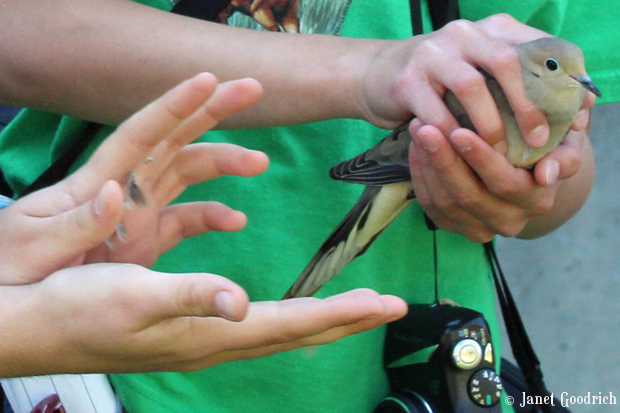 We went on a walk with an ornithologist who brought recordings of birds — chickadees and titmice sounding the alarm over a screech owl — to lure the birds in close. I’ve always been hesitant about such walks because I thought the birds would stay hidden from a group of people making noise, but we saw several birds — yellow warblers, common yellowthroats, chickadees, titmice, woodpeckers, grackels. We also saw (and heard) a bird that I’ve heard of but never seen: a blue-winged warbler.
We went on a walk with an ornithologist who brought recordings of birds — chickadees and titmice sounding the alarm over a screech owl — to lure the birds in close. I’ve always been hesitant about such walks because I thought the birds would stay hidden from a group of people making noise, but we saw several birds — yellow warblers, common yellowthroats, chickadees, titmice, woodpeckers, grackels. We also saw (and heard) a bird that I’ve heard of but never seen: a blue-winged warbler.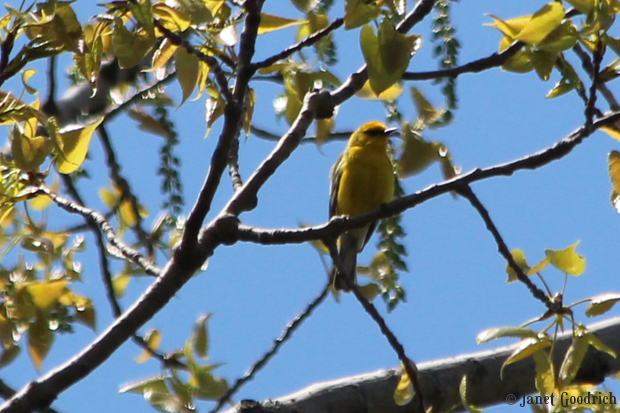 It was an impressive showing, especially given that it was high noon! I learned to distinguish the calls of the blue-wing and the yellowthroat, so on the whole it was quite educational.
It was an impressive showing, especially given that it was high noon! I learned to distinguish the calls of the blue-wing and the yellowthroat, so on the whole it was quite educational.Out back were a number of raptors on display. It’s always a thrill to see one up close, and to glean tidbits from their handlers.

Golden eagle panting in the heat 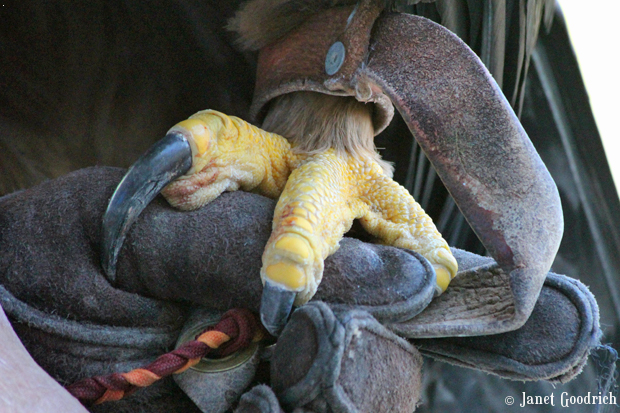
Golden eagle talon 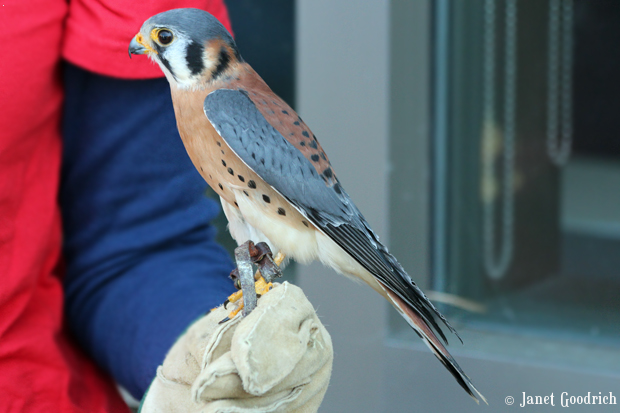
American kestrel 
Merlin 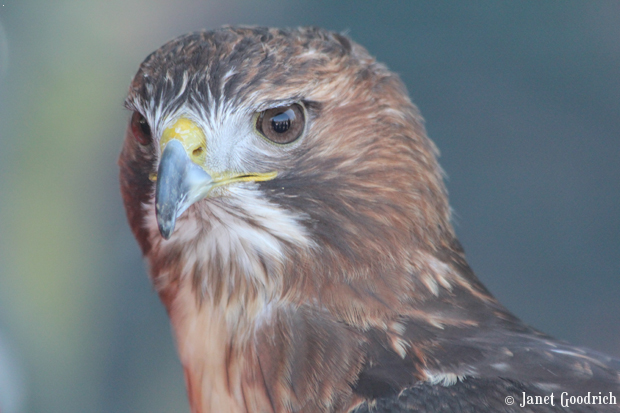
Red-tail 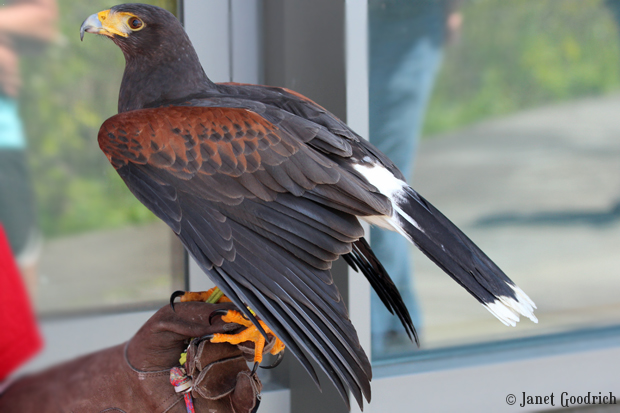
Harris hawk 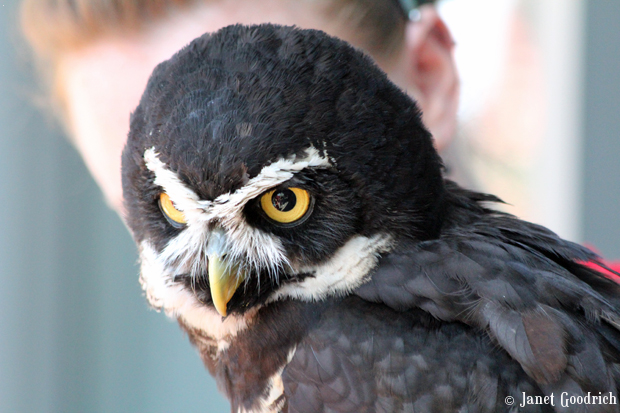
Spectacled owl 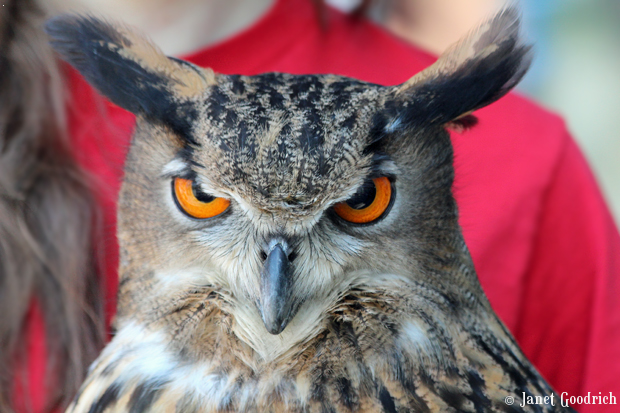
Great horned owl 
Mix of three kinds of falcons 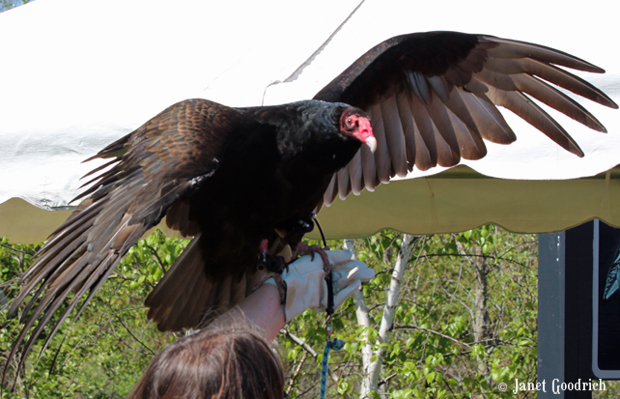
Tuvu the turkey vulture greeted everyone on their way in. We had a gorgeous sunny day for the event and found it all very stimulating, but the eagle owl reminded us that he was out past bedtime!
